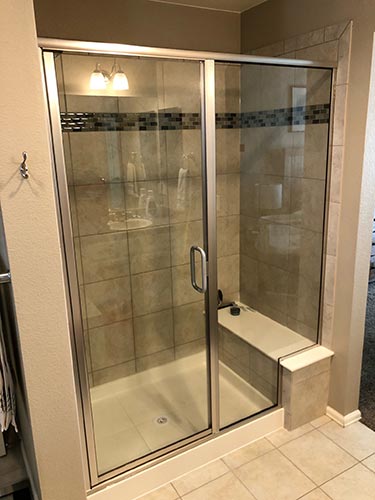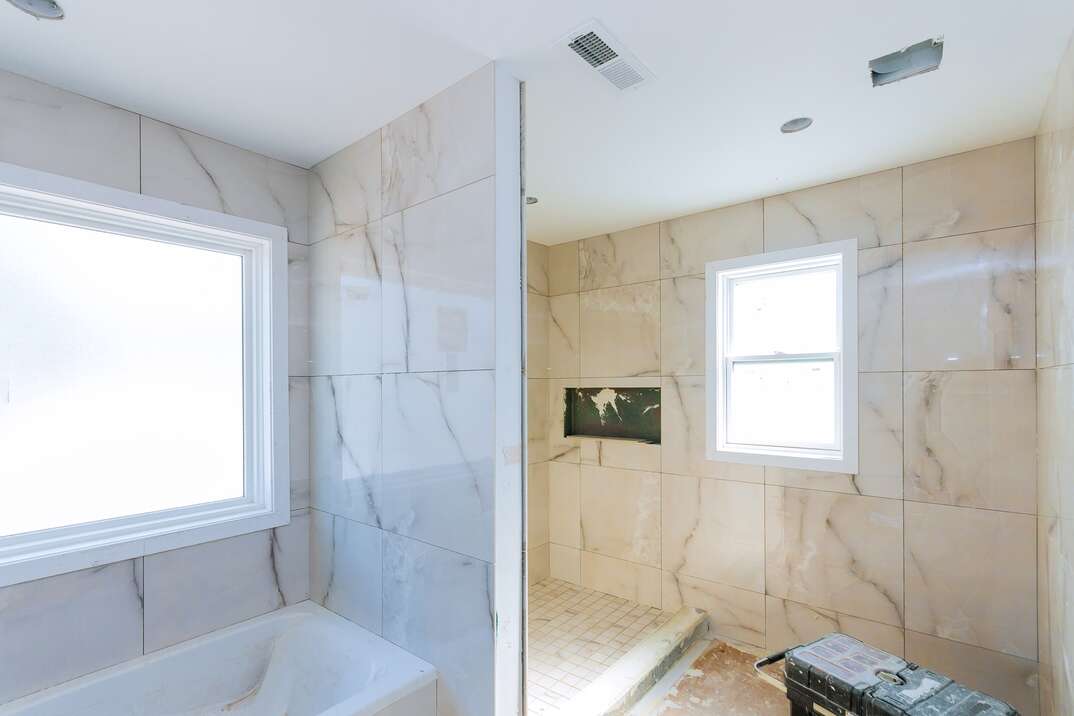Simple Ways to Install a New Shower Unit Like a Pro
Simple Ways to Install a New Shower Unit Like a Pro
Blog Article
Here in the next paragraph you can discover additional worthwhile help and advice about How to Install a Freestand.

A successful shower setup requires careful planning and a great deal of work. For the most part, you will need to do three sorts of jobs: mounting wall surfaces, mounting the plumbing, as well as finishing wall surfaces.
Different Types of Shower Units
A Lot Of Typical Mistakes
Preparation.
First of all, you should select the kind of shower that you want to set up. It is necessary to ascertain whether the selected shower is capable of dealing with certain systems and can manage a risk-free degree of water with the central heating boiler. Most shower devices nowadays are created to be adaptable to different water pressures (such as saved hot water as well as chilly keys).
It is likewise essential to take into consideration the water pressure and the preparation of the piping and water drainage for the shower.
Technique.
Depending upon the type of shower you wish to install, the shower head must either be fitted in order to prevent its contact with the water in the bathroom listed below or the base tray, or it should have a check shutoff.
Prior to starting, it is a good idea to note the placements of the shower head and control, and to prepare the pipe-work included. In addition, the drainage system to eliminate the drainage will certainly require to be planned. Both settings of the wire route and the shower switch will additionally require to be taken into consideration if an instant or electric shower system is being set up.
Use the direction guide provided with the shower system to fit the shower control.Before suitable the pipelines that will provide the water to the shower system, it is important to cut off the supply of water. In order to safeguard the pipes, they must be given a waterproof covering and also fitted with separating shutoffs. The pipelines can then be hidden right into the wall surface and plastered over to neaten the overall look.
Fit the base tray, shower head, and fittings.
Link the primary shower control to the pipelines that will be providing the water (This may need a female screw thread adapter).
Reconnect the water supply as well as test the pipes for any kind of leakages, as some might need tightening.
If you are mounting an electric shower, keep in mind to switch off the electricity supply before making any type of electric links. Once these connections have been made (there should be support within the user's manual), the power supply can be changed back on.
Adjusting Water Pressure to Suit Your Shower.
The cold water reservoir can be raised to a better elevation (in some cases just 150mm (6inches)) by installation a strong wooden support underneath it - perhaps composed of struts and blockboards. If you choose this option, the main and also circulation pipes will also need to be elevated to fulfill the brand-new height of the tank.
Alternatively, a booster pump (a solitary pump or a dual/twin pump) can be fitted. Whichever type is chosen, it should be connected into the power supply in order to operate.
Piping and also Drain.
It is best to use 15mm diameter supply pipes, and make the runs to the shower as brief as well as straight as possible so regarding keep maximum stress as well as minimise warmth loss. In addition, by minimising the use of arm joints for pipe edges, you can decrease the resistance in the circulation of the water system. You can achieve this by flexing the pipelines instead.
How Do You Install a Shower? Follow This Guide
Installing a Shower at a Glance
Tools & Materials: Level, electric drill, caulk, hole saw, cedar shims, shower unit Step 1: Drill pilot holes Step 2: Prep fixture holes Step 3: Move unit into place Step 4: Caulk corners and base Step 5: Attach door Step 6: Install shower pan Whenever plumbing is involved in a DIY project, people worry about what might go wrong. The truth is that installing a shower isn’t that complicated, and you can save a lot of money by doing it yourself. You shouldn’t need to make any alterations to your plumbing to complete the job, and most of the tools you need will be provided in your new shower kit.
Can I Install a Shower Myself?
Even if you’ve never installed a shower before, you’ll find this to be a project that is perfectly suited for DIYers with a moderate level of experience. Whether you're doing a bathtub conversion or installing a new stall, most of what you need comes in shower kits that you can purchase from a hardware store. The first thing you need to do is determine what type of shower stall you want.
Single-panel stalls are the easiest to install because they come preassembled. All you need to do is put them in place. Multi-panel showers require a few additional steps, but you’ve got more control over the appearance of your unit. Multi-panel units are also much easier to handle if you’re going to do the installation without any help.
Be sure to take all appropriate safety precautions, such as wearing eye protection and gloves. When you’re removing or installing a shower unit, you might kick up debris that could hurt your eyes. You’ll also need to work with equipment that will get extremely hot, so be sure to have safety gloves handy.
Tools and Materials
2- to 4-foot level Electric drill with a 1/8-inch drill bit Caulk 2-inch hole saw Cedar shims The unit itself Before You Begin: Prep the Space
It’s highly important to measure your space accurately before putting the stall in. Measuring from the floor upward and from each corner outward will ensure you’ve got the right measurements. What you’re looking for is where the plumbing apparatuses are going to come through the stall. Transfer these measurements over to the back of your unit by drawing the locations of these holes using a pencil or marker.
Pull out your old shower and make sure to scrape off all the old caulking. Be thorough because you want to work with smooth surfaces for the best installation. Once you’ve pulled out your existing shower, you need to make sure that the floor is clean and dry. The best way to clean debris is with a shop vacuum, as it’ll soak up water and dirt together.
If you’re experiencing any plumbing issues, such as low water pressure, this is a perfect opportunity to solve them. Make sure that the pipes themselves are not in need of patching and clean your showerhead. When you turn the water back on after your project, check the pipes for signs of wear or disrepair. Anything beyond minor repairs should be handled by a plumber, and this is the best time to bring in a professional.
If the floor has any moisture at all, don’t proceed until it’s completely dry. The last thing you need is for the floor to rot or invite mold and mildew into your base. Once everything is dry, apply waterproof wallboard to the walls. This can be attached with screws or nails, then sealed with caulk so that water doesn’t seep into any crevices.

Do you really like reading about How to Build a Shower Enclosure for Your DIY Bathroom? Write a short review further down. We'd be interested to know your views about this page. We are looking forward that you visit us again before long. In case you liked our blog posting plz don't forget to pass it around. Thanks a lot for your time invested reading it.
Book Maintenance Report this page